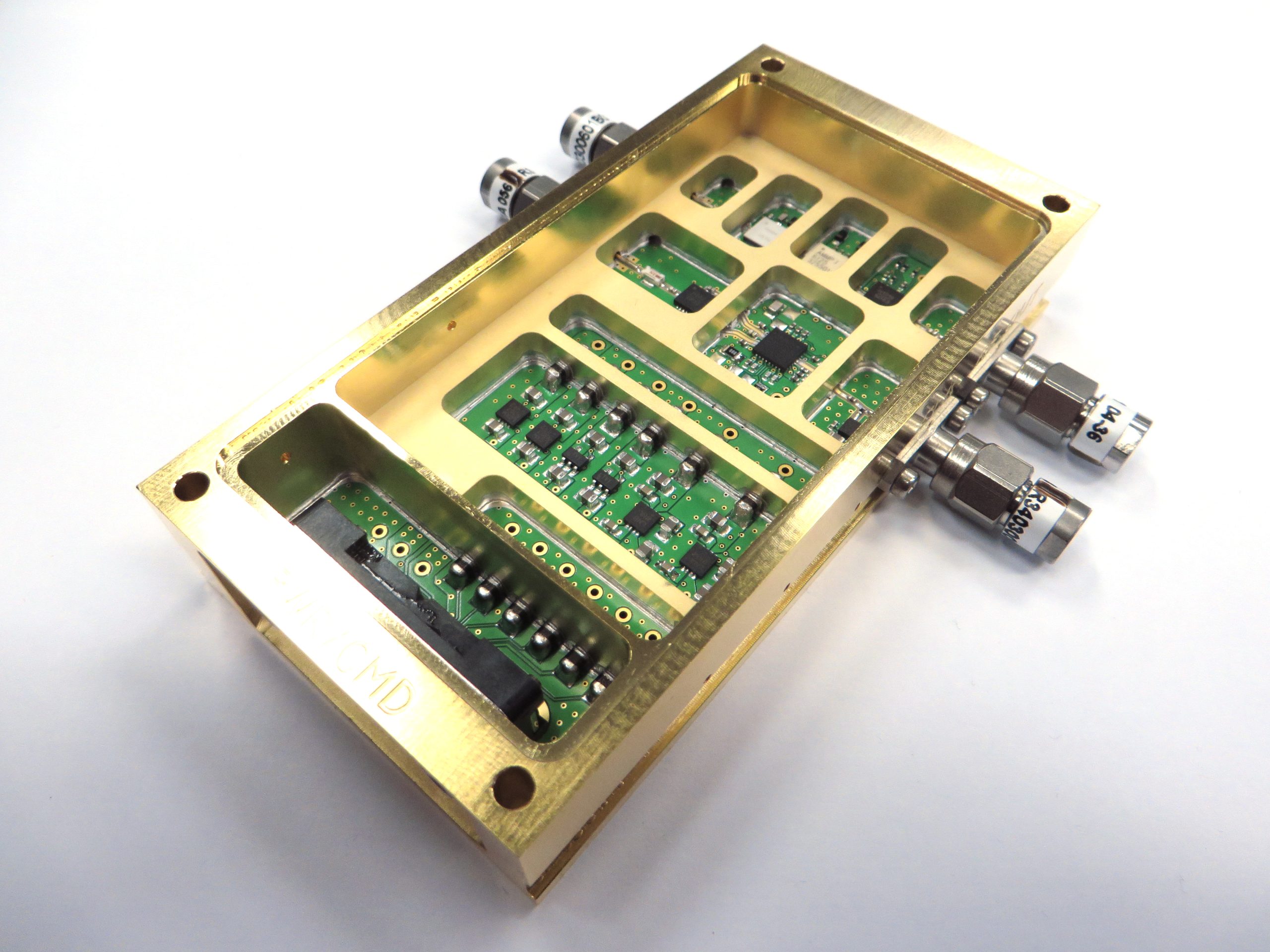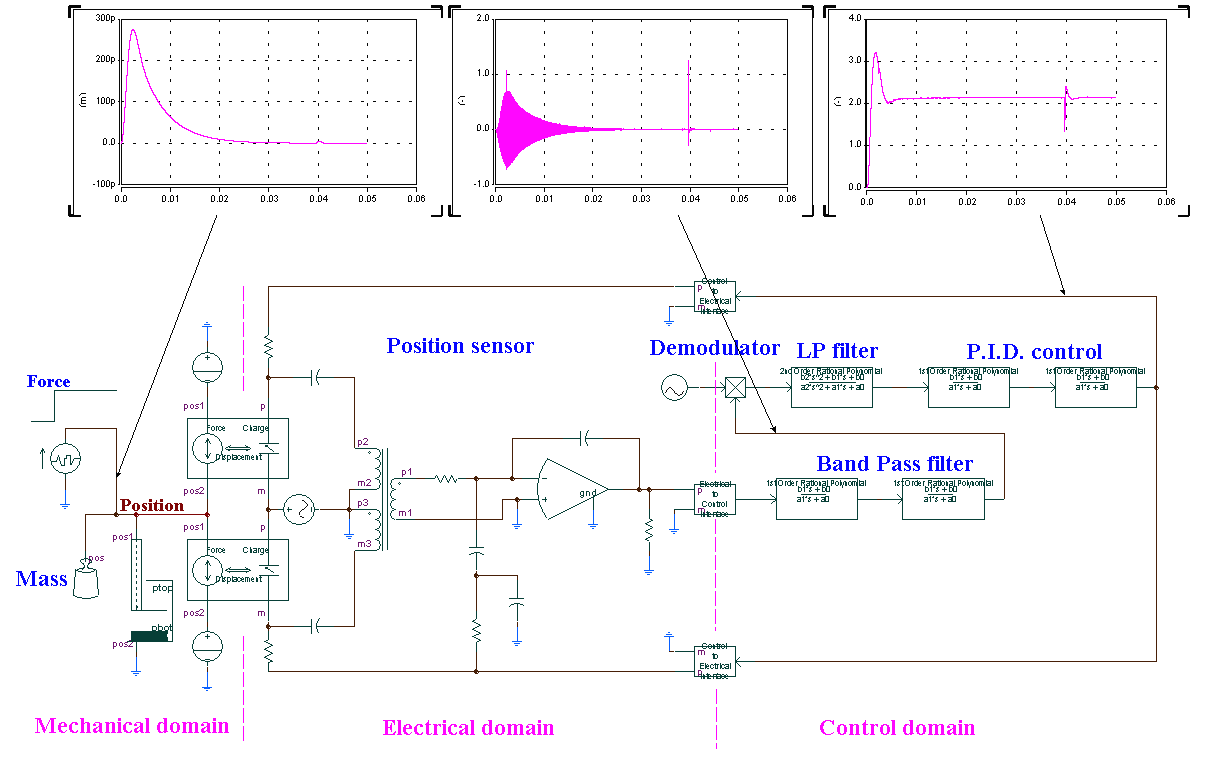


Electronics development within SRON has a long history and a rich heritage. Analogue and mixed-signal electronics have been developed for a large variety of applications, ranging from support of complex test set-ups for detectors that previously did not exist in the world, to prototyping and realisation of flight electronics used in satellite instruments.
The group of analogue and electronics system engineers at SRON consists of 12 highly educated people with many years experience in space research and a wide variety of specialisations. They are all able to contribute to highly experimental phases of development as well as to projects where complete subsystems of flight standard have to be delivered to satellite platforms.
Analogue and system engineers at SRON are involved in projects involving the smallest structures to complete instruments consisting of many different units. The most important electronics contribution from SRON is the read-out and characterisation of detectors and sensors with unprecedented sensitivity and accuracy. Conditioning such detectors to be extremely stable is a normal part of the job. Our characterisation of detectors often leads to knowledge of their performance beyond that of the detector manufacturers themselves.
Flight electronics for satellite instruments
Each scientific instrument that is launched into space is shifting frontiers; it is the result of extensive research and technological developments and a long period of thorough testing. Each instrument has its unique character because of the very specific configuration and circumstances of each satellite mission.
Analogue and system engineers are involved in the complete project life cycle:
- requirements engineering and management, going through the V-model on all levels of an instrument
- instrument concept and architecture definition
- detailed design, prototyping, realisation, verification and qualification
- selection and procurement of high-reliability electronic parts
- availabilty analyses (RAMS)
They work in close synergy with instrument scientists, mechanical engineers and the Product and Quality Assurance group.
In spite of every instrument being unique, the demands for reliability and lifetime are very demanding and crucial for space projects. A wealth of tools and methods is used to maximise reliability of flight hardware, such as:
- thorough design & testing according to ESA guidelines and training
- tests including complete performance testing on all specified parameters, physical properties, bonding and isolation, EMC, thermal balance / thermal vacuum / thermal cycling, vibration and shock
- extensive simulation and mathematical analyses
- redundant design where needed
Test set-ups for high performance detector development
SRON develops unique technology for cryogenic detectors. Read-out of very weak signals is done with a dedicated in-house developed read-out concept based on frequency domain multiplexing (FDM), using multicarrier modulation and demodulation methods. Techniques employing a homogeneous mix of digital, analogue, software, firmware and system engineering are then used to realise the complete electronics for SRON’s scientific experiments.


